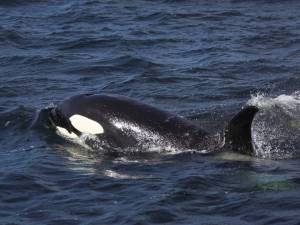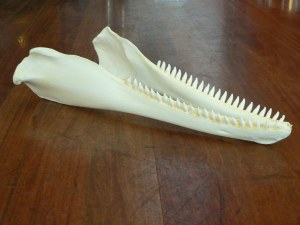
killer whale
Beth – M.s. King of Scandinavia
In a previous blog I invited you to send in your questions about the ocean or the animals and birds that depend on it and then agreed to endeavour to answer them for you. Although surprising, the gist of the most frequently asked questions were as follows:
How did I get my job?
Jobs like this can be few and far between but there are many environmental job websites to keep your eye on. I do have a degree in Marine Biology but just as important is experience and that is why I always recommend volunteering as a good start. Many organisations are reliant on volunteers and it is a great way of getting relevant skills, understanding and experience. ORCA for instance has an amazing network of volunteers that fulfil both land and sea based opportunities. Whether it be helping us at events, membership recruitment or data collection on a mini cruise.
What do I like best about my job?
The variety. You never know what animals you are going to be lucky enough to see and with new passengers on every trip it means that every journey across the North Sea is different. I also love it when I am standing with a person who sees a cetacean for the first time, the excitement and energy that captures them is exhilarating.
What is my favourite animal?
I know you shouldn’t have favourites but I have to admit that I do and it is the orca (killer whale). I have been fortunate enough to see them in the wild many times but I still get goose bumps with each and every sighting.
What is the difference between a porpoise and a dolphin?
This is one of the most frequently asked questions. Porpoises tend to be the smallest of the cetaceans, and even the largest of them doesn’t generally reach lengths much bigger than 2 m. There are only six species of porpoise and their behaviour is slightly different to that of the dolphins. They don’t typically leap out of the ocean and are generally seen alone or in very small groups. They can appear to be quite shy creatures. There are also some harder to spot differences! The tooth shape is different for instance, porpoises have spade shape teeth whereas the dolphins have conical teeth.

'The lower jaw of a bottlenose dolphin, you can see the sharp conical teeth. Porpoise teeth are a different shape, looking more like little pegs
Leave a comment